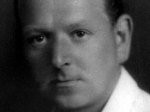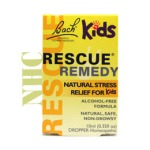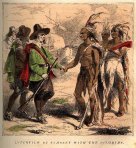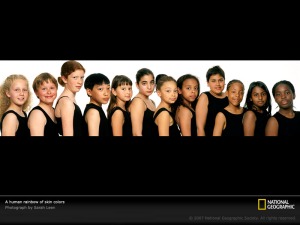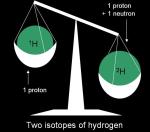Bach flower remedies are dilutions of flower material developed by Edward Bach, an English bacteriologist, pathologist and homeopath, in the 1930s.[1] Bach believed that dew found on flower petals retain healing properties of that plant.[2] The remedies are intended primarily for emotional and spiritual conditions, including but not limited to depression, anxiety, insomnia and stress.
The remedies contain a very small amount of flower material in a 50:50 solution of brandy and water. Because the remedies are extremely diluted they do not have a characteristic scent or taste of the plant. It is claimed that the remedies contain “energetic” or “vibrational” nature of the flower and that this can be transmitted to the user.[3] Bach flower remedies are considered vibrational medicines, and rely on a concept of water memory. They are often labeled as homeopathic because they are extremely diluted in water, but are not true homeopathy as they do not follow other homeopathic precepts such as the law of similars or the belief that curative powers are enhanced by shaking and repeated diluting (“succussion”) (http://en.wikipedia.org/wiki/Bach_flower_remedies).
